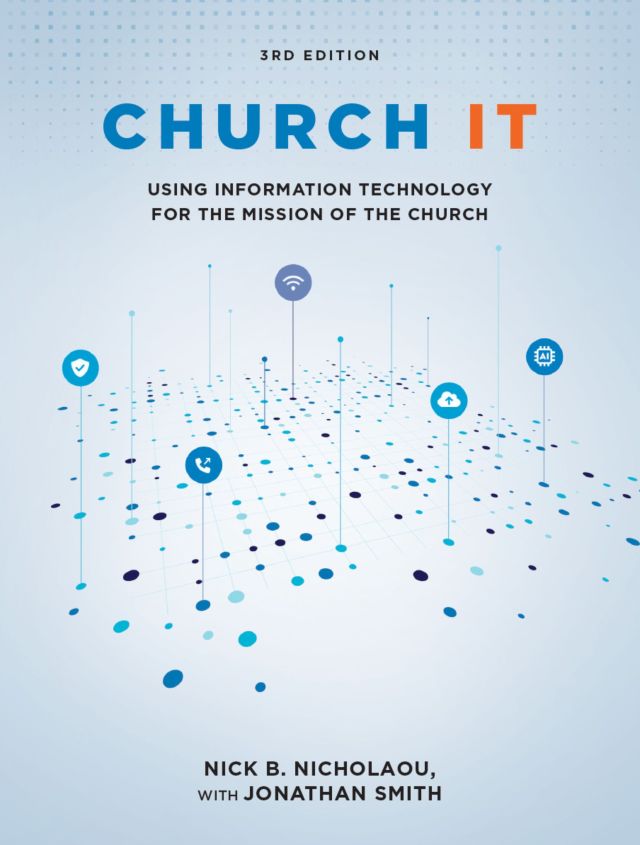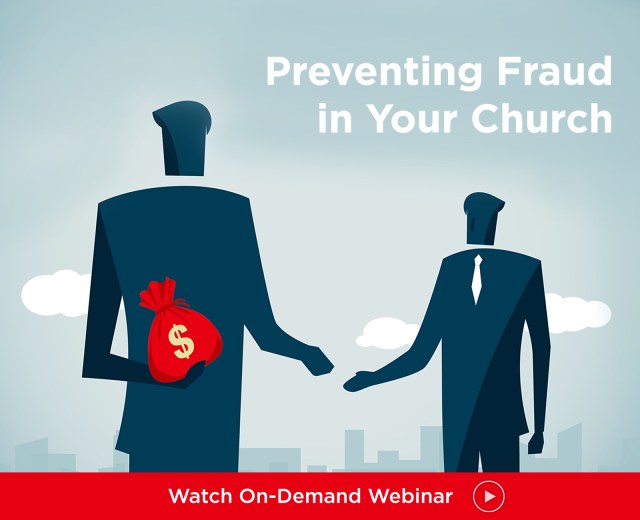Editor’s Note: This article is part of the Advantage Membership. Learn more on how to become an Advantage Member or upgrade your membership.
Carl Chinn, who leads the Faith Based Security Network and consults with churches across the country, offers these 10 standards for starting (or improving) a security program:
Confirm executive support. The people in our care and the amenities they have funded with their contributions require the action of intentional protection. For a program to be the most effective, it should start at the top.
Conduct a baseline readiness survey. A church can hire a professional, use local law enforcement and fire departments (I advise using both), and use its liability insurance provider. Whatever way(s) you choose, develop some form of follow-up so you can measure not only how prepared you are now but can also track improvements.
Start with what you have. Start an effective program by identifying and organizing existing in-house resources.
Keep it simple. While there is value in complexity, I believe simplicity is better for safety and security operations. Don’t launch a safety program with a big budget request. There may be a time for budget discussions, but don’t start off with more than what is involved around the baseline readiness assessment.
Keep it legal. Whether it involves state and local regulations of security operations, potential criminal and civil liability for responding to threats, self-defense statutes, or clergy-penitent privilege laws, the guidance of a qualified local attorney can prove valuable.
Know your insurance agent and policies. There is nothing like working with agents to understand policies and identify problems. Churches can’t be serious about security or safety if insurance coverage is an unknown. Maintain regular check-ups, too, because things change over time.
Network and share. Connect with law enforcement and other churches and ministries. Share information. Indicate known risks. And make sure your safety team leaders regularly engage pastors and staff members to learn information vital to protecting their church.
Train and drill. If a team doesn’t train and drill, it really doesn’t believe anything will ever happen.
Develop policies and procedures. Keep it simple, but develop effective policies and procedures. Policies are statements about a given subject, while procedures are a guide to handle each policy.
It’s like jazz. Security operations in any environment are dynamic. Having no plan is reckless, but over-planning is futile. Somewhere in between is good. Security responses in significant events will always be like jazz, never a symphony.
For a better understanding of how gun violence fits into overall risk-management planning in churches, see “In an Era of Mass Shootings, a Call to Prepare—Not Panic.”





